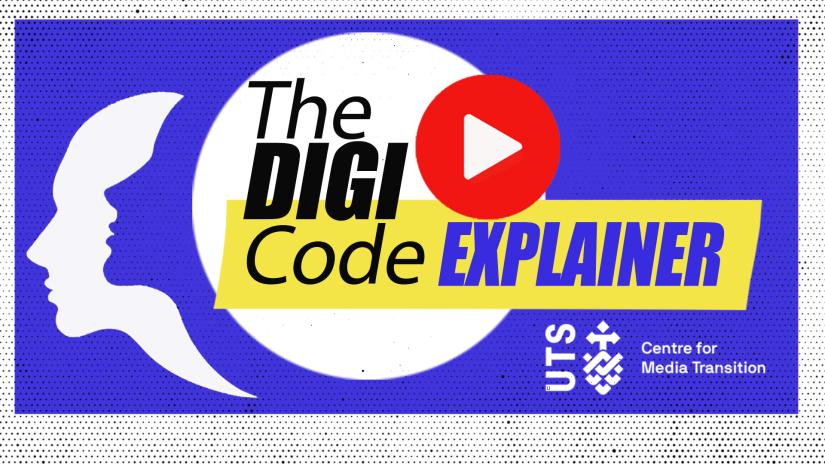
This week, the lobby group DIGI announced a review of the Australian Code of Practice for Disinformation and Misinformation which it administers. One aspect that the review will consider is whether the code is ‘meeting community and industry needs to balance concerns about misinformation and disinformation with freedom of expression.’ This vexed issue is central to both the objectives and operation of the code, and it is critical that it is appropriately addressed, particularly because the previous government’s proposal to provide ACMA with greater oversight powers is still on the table.
There are larger debates to be had about the desirability of, and appropriate mechanisms for, regulating online information. For now, I want to look at a particular issue: the distinction between disinformation and misinformation and the inclusion of the latter in the code. Disinformation is typically interpreted as deliberately false or misleading information designed to harm individuals or society; while misinformation is false or misleading information spread without such nefarious intent, but which nonetheless may be harmful. It is a somewhat artificial distinction that often collapses in practice. This was one reason that, while the ACCC had recommended a code limited to disinformation, the ACMA argued that it should be extended to encompass both disinformation and misinformation.
The ACCC’s reason for excluding misinformation was precisely the importance of safeguarding free speech and freedom of choice. Critically, the ACCC had recommended a mandatory code, with the enforcement provided via an independent regulator that would consider complaints that met a high threshold of serious public detriment. By contrast, the ACMA was responding to the government’s request for a voluntary code, and advocated a low threshold, with platforms to be given the flexibility to implement different measures in accordance with the risk of harm.
The code we ended up with is an uneasy combination of these approaches. Misinformation was included, but the threshold remains high, with only material that is likely to cause ‘serious and imminent harm’ subject to the code. There is nothing in the code that mandates the censorship of false or misleading content; indeed, the code explicitly rejects this in its first guiding principle on the freedom of expression.
DIGI has raised both the inclusion of misinformation and the harm threshold in its review paper. While these are important questions given the code we have, the lack of consideration given to the broader context is something of a missed opportunity.
The wicked nature of the problem, as Molly Montgomery of the Brookings Institution describes it, is perhaps the most striking aspect of trying to address online information disorder. The problem cannot, and should not, be solved by drawing boundaries around a particular type of content that is near-on impossible to identify in real time. Expanding the code beyond a narrow focus on misinformation and disinformation towards the broader improvement of the online information environment would be a step in the right direction.

Michael Davis, CMT Research Fellow
Watch the accompanying DIGI Disinformation Code explainer by clicking on the image below:

This featured in our recent newsletter of 10 June 2022. Access the full edition here.
If you want to receive our newsletter direct to your inbox, subscribe here

